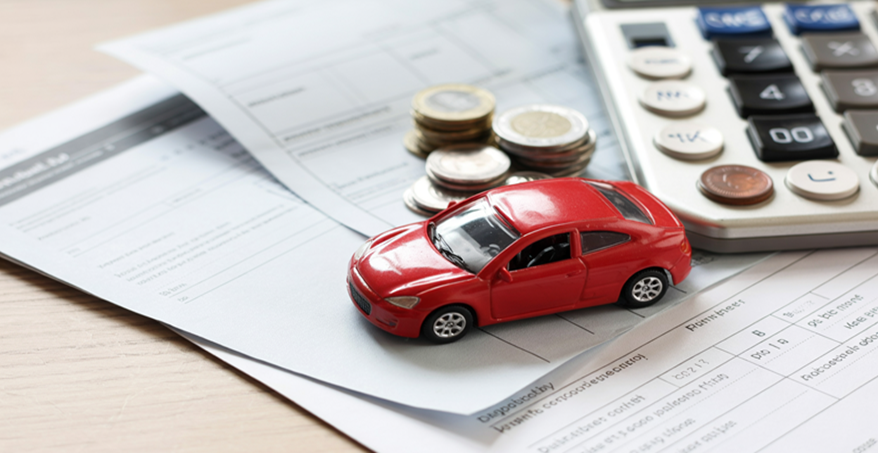Cut your costs without cutting coverage: Expert tips to lower your car insurance premiums.
Car insurance is more than just a legal requirement—it’s a crucial piece of financial protection for anyone who owns a vehicle. But for many drivers, premiums can feel like an unpredictable burden.
Why do some people pay twice as much as others for similar coverage?
What steps can you take to make sure you’re not overpaying?
As a lifelong car enthusiast and auto industry specialist, I’ve spent years analyzing how drivers can strike the perfect balance between affordable premiums and comprehensive coverage. Here’s how you can take control of your car insurance costs—without sacrificing peace of mind.
Why Car Insurance Premiums Vary So Much
Your premium isn’t just a number pulled out of thin air. It’s calculated based on a mix of personal factors and broader risk data. Insurance companies weigh things like:
-
Driving record
-
Age and gender
-
Credit score
-
Vehicle type and usage
-
Location and zip code
-
Coverage level and deductible
Understanding how each factor influences your rate is the first step to unlocking serious savings.
1. Choose the Right Vehicle: Insurance-Friendly Models
Believe it or not, the car you drive can have a major impact on your premiums. Cars with higher repair costs, poor safety ratings, or a higher likelihood of being stolen tend to be more expensive to insure.
Insurance-friendly picks for 2025 include:
-
Subaru Outback ($28,895–$42,795): Known for safety and reliability.
-
Honda CR-V ($29,500–$40,000): Low theft rates and excellent crash-test results.
-
Toyota Camry ($27,500–$36,000): Affordable parts, solid safety tech.
-
Hyundai Tucson Hybrid ($33,950–$41,500): Great fuel economy and advanced driver assists.
Sports cars, luxury sedans, and high-performance SUVs—think BMW X5 ($66,000–$90,000) or Ford Mustang GT ($43,000–$60,000)—tend to drive premiums up. The faster the car, the more insurers see risk.
2. Increase Your Deductible, Lower Your Rate
The deductible is the amount you pay out of pocket before insurance kicks in. Opting for a higher deductible—say, $1,000 instead of $500—can dramatically reduce your premium. Just make sure you have the funds set aside in case you need to file a claim.
3. Bundle Your Policies
One of the most overlooked strategies is bundling. Most major insurers offer discounts if you combine your homeowners, renters, or life insurance with your auto policy. This can trim your bill by up to 25%, depending on the provider.
4. Keep Your Driving Record Clean
A single speeding ticket or fender-bender can increase your premium by hundreds of dollars annually. Defensive driving courses can help, and in some states, completing an approved course can even remove points from your record. Many insurers also offer safe driver discounts after just three years without an incident.
5. Leverage Telematics and Usage-Based Insurance
Many insurers now offer telematics programs that monitor your driving habits through a mobile app or plug-in device. Programs like Progressive’s Snapshot or State Farm’s Drive Safe & Save can offer discounts of 10% to 30% for drivers who avoid hard braking, sharp turns, and high-speed driving.
6. Improve Your Credit Score
Insurers in most states (except California, Hawaii, and Massachusetts) consider credit score a strong indicator of risk. A better score can lead to significantly lower rates. Set up auto-payments, keep credit utilization low, and avoid unnecessary hard inquiries to boost your score.
7. Review and Compare Annually
Loyalty doesn’t always pay in the insurance world. Rates change constantly, and so do your circumstances. Use comparison tools once a year to shop around and see if your current provider still offers the best deal. A small shift in ZIP code, vehicle, or mileage can make one insurer more competitive than another.
Top-rated comparison platforms include:
-
The Zebra
-
Policygenius
-
Compare.com
These tools make it easy to evaluate real-time quotes from major insurers in minutes.
8. Drop Coverage You Don’t Need
Driving an older car like a 2010 Honda Accord (current market value: ~$5,000)? It might not be worth paying for comprehensive or collision coverage. If your deductible is nearly equal to your car’s value, you’re essentially paying to insure a payout you may never get.
9. Ask About Hidden Discounts
From military service and good student discounts to deals for members of alumni groups or professional organizations, insurers offer a surprising number of lesser-known discounts. Don’t be shy—ask your agent to go through every possible option.
Knowledge = Savings
Understanding car insurance isn’t just about checking a box on your adulting to-do list—it’s about protecting your investment and optimizing your budget. By making informed decisions, you can drive with confidence, knowing you’re covered—and not overpaying.
Looking to get behind the wheel of a better policy? Start with these tips and take back control of your insurance costs today.


